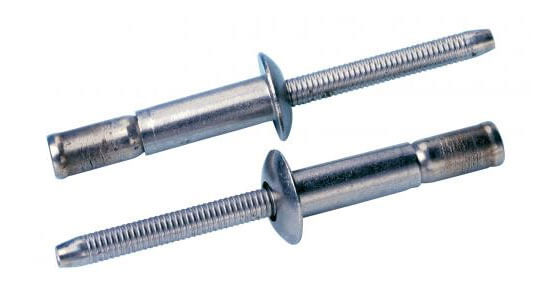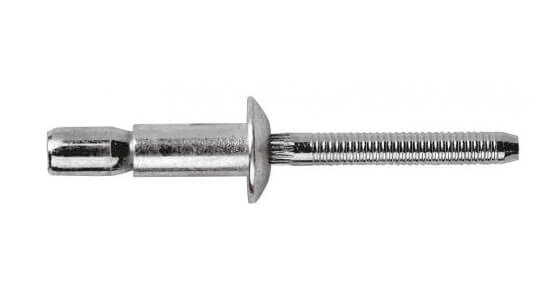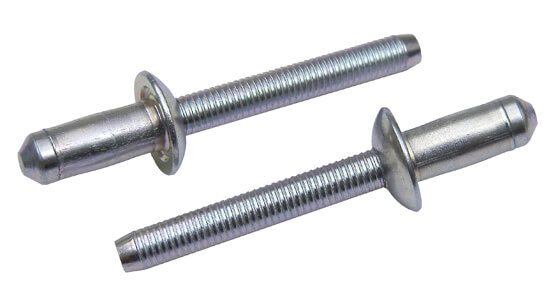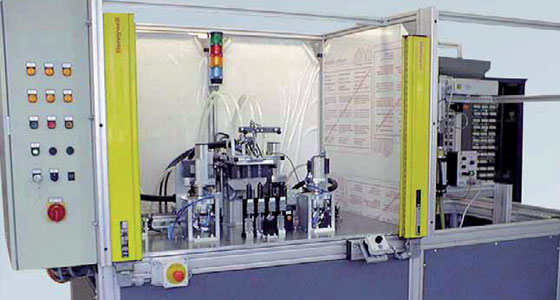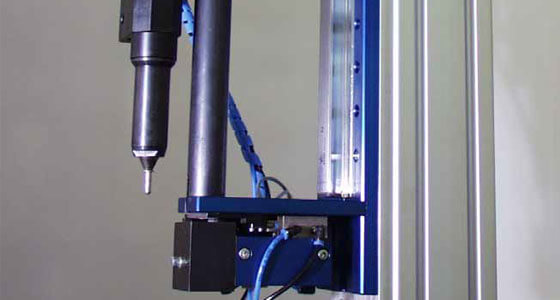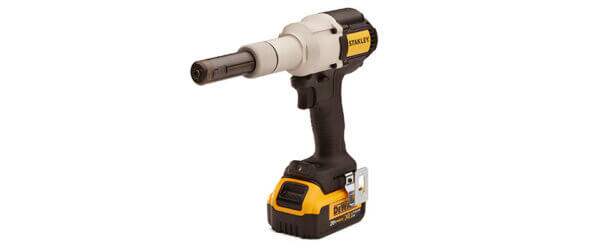Description
Monobolt blind rivets are designed and developed for demanding applications where safety and performance is paramount to customer needs. It is the ideal solution for applications requiring one-sided access and a high-strength fastener.
These multi-grip structural breakstem fasteners provide a fully sealed joint and visible lock. Monobolt® is available in 304Cu Grade / A2 stainless steel and 316 Grade / A4 stainless steel.
316 Grade has a higher nickel content than other alloys and contains molybdenum. The molybdenum allows the material to deliver enhanced corrosion resistance particularly to pitting and crevice corrosion. Additionally this alloy lends itself to both forming and welding without excessive cracking. For this reason, it is particularly good for assemblies in marine and hostile environments.
Monobolt® rivets can be used to fasten metal to metal and metal to plastic.
Assembly applications include automotive, cabinets and enclosures, commercial vehicles, domestic appliances, heating and ventilating, and marine and hostile environments.

